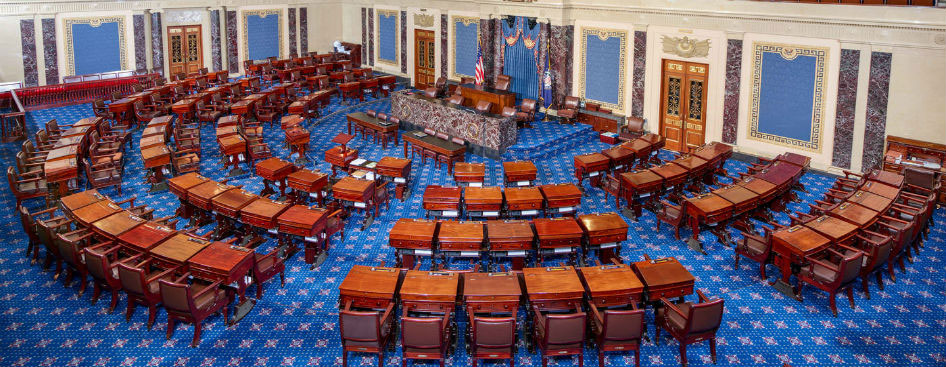
On Sunday, December 19th, Senator Joe Manchin (D-WV) publicly opposed the latest iteration of Build Back Better, throwing the future of the landmark legislation into uncertainty. The $1.75 trillion package now stands in limbo with Manchin refusing to budge even after Democrats cut the bill in half from the $3.5 trillion package we tracked back in September.
The move is a tough blow for the climate community as it threatens to pull the rug out on what would be the biggest climate investment in US history. The signature element of the bill is a $555 billion allocation aimed at tackling climate change and improving climate resiliency.
Here’s what’s on the line when it comes to building decarbonization:
With the latest bill, we stand at just over $16 billion dedicated to building decarbonization across ten programs, an estimated $42 billion in tax credits for efficient buildings and appliances, and $40 billion that could fund building decarbonization but is not exclusive to the sector.
Two massive rebate programs form the cornerstones of the bill’s push for building decarbonization. First, the $6.25 billion HOMES rebate program would offer rebates for whole-home efficiency upgrades in single-family and multifamily homes. Homeowners or building owners could earn $2,000 for achieving energy savings of 20 percent or greater and $4,000 for savings above 35 percent. Rebates are doubled for low-income homeowners and multifamily buildings where tenants are predominantly low income. The program is coupled with a $315 million contractor training initiative to ensure that an established workforce is prepared to install these efficiency and electrification measures across the country
In addition to the HOMES program, the bill includes a $6.25 billion rebate program for specific electrification measures undertaken by low-income homeowners or owners of multifamily buildings with low-income tenants. The big-ticket rebates include $1,750 for a heat pump water heater, $8,000 for heat pump HVAC, and $840 for an electric stove or heat pump dryer. Importantly, the program addresses associated costs as well, offering $500 for equipment installation and $4,000 for electrical upgrades needed to support new electric appliances.
The bill also dedicates $3.2 billion to improve the efficiency and climate resilience of public and affordable housing, $1 billion to retrofit federal, public, and non-profit buildings, and $300 million for renewable energy on Tribal homes. Lastly, $300 million is apportioned to help states adopt updated building energy codes, two-thirds of which is dedicated for zero energy building codes.
Despite more than $16 billion in dedicated funding, the largest boost for building decarbonization may actually come from the extension of four key tax credits. According to an earlier budget estimate put out by the Joint Committee on taxation, all together the four tax credits come in at $42 billion.
The extension of the Residential Energy Efficient Property Credit (25D), which provides a 30 percent credit for installing solar, battery storage, and other alternative energy equipment, leads the way with an estimated cost just shy of $25 billion. The other tax credit extensions include the Nonbusiness Energy Property Credit (25C) at $13.9 billion, the New Energy Efficiency Home Credit (45L) at $2.7 billion, and the Energy Efficient Commercial Building Deduction (179D) at $625 million.
In addition, the bill includes just over $42 billion for programs that are eligible to fund building decarbonization but are not exclusive to the buildings sector. The Greenhouse Gas Reduction Fund headlines this category with $30 billion in grants to deploy zero-emissions technologies or otherwise reduce GHG emissions, of which $17.5 billion is dedicated to projects or technical assistance for low-income and disadvantaged communities. Other eligible funding includes R&D funding for the department of energy, workforce development funding for in-demand industry sectors or for communities impacted by the energy transition, and funding to reduce air pollution in schools and in low-income and disadvantaged communities.
All in all, more than $100 billion for building decarbonization hangs in the balance, and it’s anyone’s guess if any of these programs make it to fruition.
Note: Our figures are based on committee markups posted on December 16th on the Senate Democrats’ website. The page has since been removed. If we missed anything, or would like to see the source documents, you can reach us at info@atlasbuildingshub.com.



